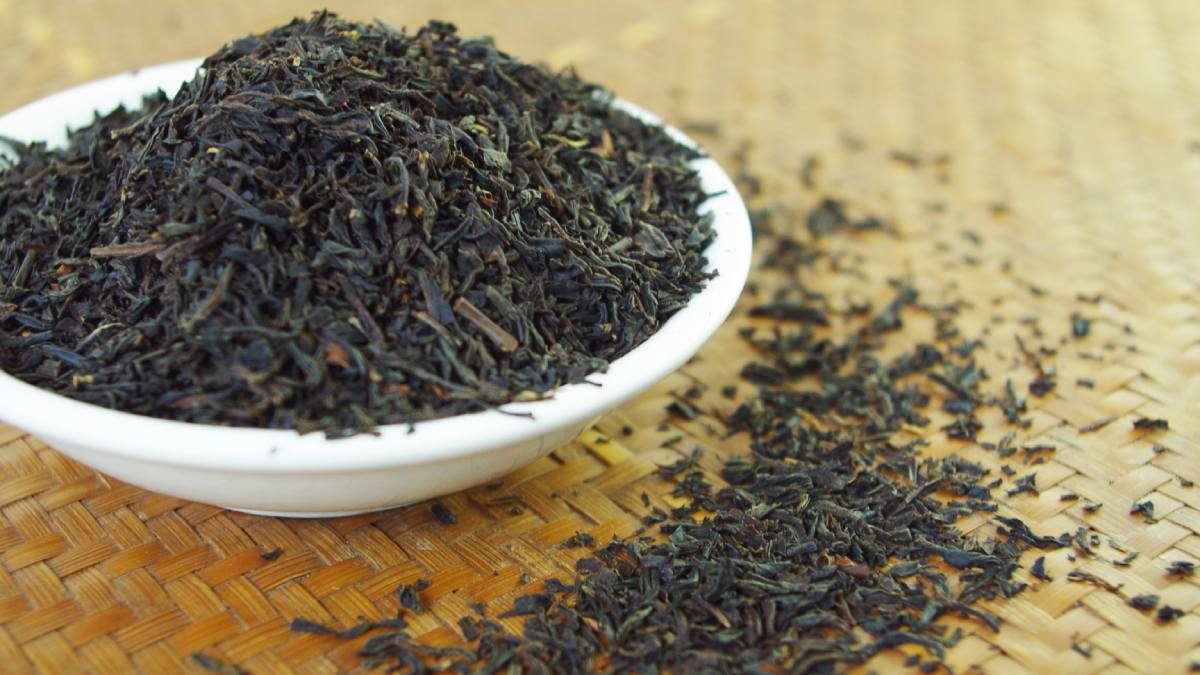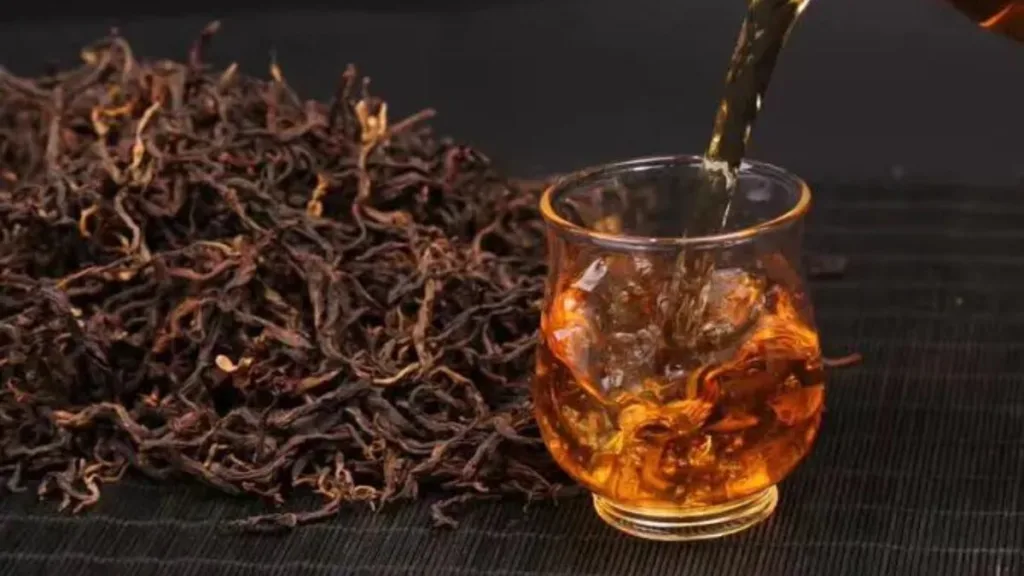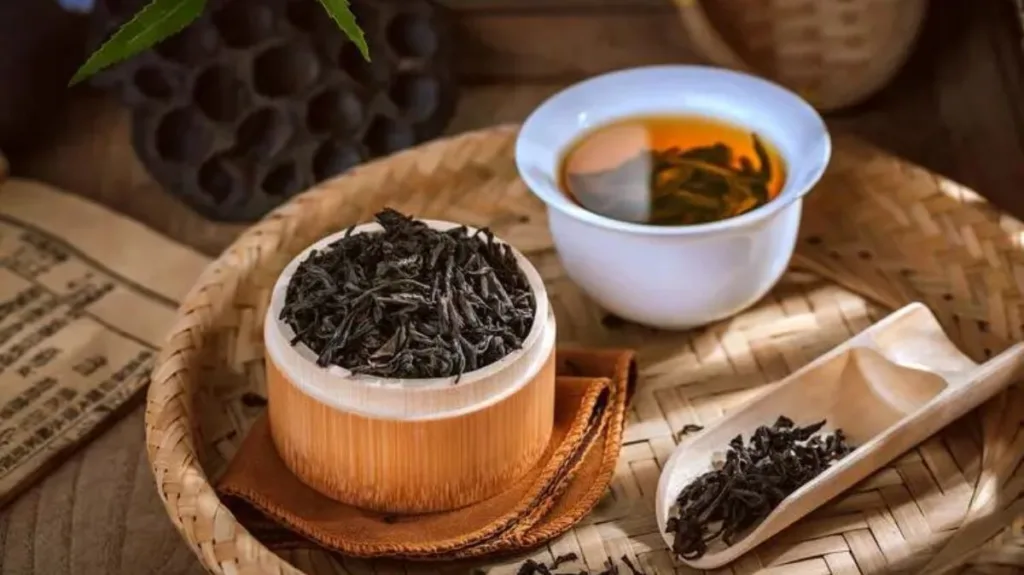Ninghong Gongfu Tea, commonly referred to as “Ninghong,” is one of China’s earliest Gongfu black teas. It hails from Xiu Water County in Jiangxi, a province located in the northwestern part of the Jiangxi region, nestled between the Mufu and Jiugong mountain ranges. This region features numerous mountains, abundant rainfall, and fertile soil rich in organic matter. These favorable natural conditions contribute to the exceptional quality of Ninghong Gongfu Tea. Jiangxi Xiu Water, renowned for its lush mountains and pristine waters, has a history steeped in tea cultivation that dates back to the Tang Dynasty. The traditional Ninghong Gongfu Tea has garnered international acclaim, with tea merchants from England, the United States, Germany, Russia, and Poland referring to it as the “pride of China, surpassing all other teas.” In contemporary times, the tea sage Wu Jue Nong commended Ninghong as a “precious gift among gifts” and inscribed the words, “Ningzhou black tea, renowned across the nation.”
Ninghong Gongfu Tea is made from well-nurtured and highly-tender buds and leaves, typically using one bud and one or two leaves. The size and length of the buds and leaves are meticulously matched.
Historical Significance:
Records show that Xiu Water County has over a millennium of tea cultivation history. In the second year of the Tang Dynasty’s Qingtai reign (935), Mao Wenxi’s “Tea Catalog” mentioned, “Hongcheng Shuangjing white buds, exquisitely crafted.” During the Song Dynasty, it achieved nationwide recognition. Father-son duo Huang Shu and Huang Tingjian of the Northern Song Dynasty introduced their locally refined “Shuangjing Tea” to the capital, gifting it to literary figures like Su Dongpo, who further propagated it, making it renowned in the capital. Ouyang Xiu acclaimed it as the “best grass tea” in his “Returning to the Fields.” In the Southern Song Dynasty, during the fourth year of Jiatai (1204), Han Miao, the magistrate of Longxing, reported: “Longxing Prefecture solely produces tea; no other county does.” At that time, annual tea production was over two million catties, and teas like “Shuangjing” and “Huanglong” were considered exquisite.
During the Daoguang era, Ninghong tea gained significant prominence. The contemporary tea sage Wu Jue Nong stated, “Ninghong is the earliest branch of tea, preceding Qihong by ninety years. Ninghong came first, followed by Qihong.”
From 1892 to 1894, Ninghong tea saw its heyday in the international tea market, with an annual export of 300,000 boxes (25 kilograms each). In the 30th year of Emperor Guangxu (1894), Ninghong tea exports reached 300,000 piculs.
In 1985, Ninghong tea was highly praised at the National Quality Food Appraisal, receiving the National Silver Award. In 1988, it was awarded the Gold Award at the first Chinese Food Expo. Wu Jue Nong, the contemporary tea sage, inscribed, “Ningzhou black tea, renowned across the nation, striving for innovation, enduring for eternity,” and noted that Ninghong and Qihong are the best of this century.
Brewing Methods:
Traditional Brewing:
- Most people prefer to use the cup-brewing method, although some opt for the pot-brewing method, which allows for better separation of tea leaves from the tea soup, making it easier to drink. The choice between “clear brewing” and “seasoned brewing” depends on whether other flavorings are added to the tea soup. In most of China, people follow the “clear brewing” tradition, which doesn’t involve adding additional flavorings to the tea soup. However, in some Western countries, the “seasoned brewing” method is more common. For instance, many enjoy milk tea by adding sugar and milk to the tea soup, which creates a flavorful and enjoyable cup of milk tea. In the original USSR, people particularly loved lemon tea and sugar tea. Especially in Russia, there’s a unique tradition of adding an abundance of sugar, honey, and lemon slices to boiling hot tea, making it particularly sweet and refreshing.
New Brewing Methods:
- Iced Ninghong tea is prepared by first brewing Ninghong tea to a slightly higher concentration. Ice cubes are then added to the glass, and the prepared tea is poured over the ice to create a well-balanced iced Ninghong tea. Tea jelly is created by using white sugar (170g), pectin powder (7g), cold water (200ml), and tea soup (824ml), which can be Ninghong tea or any other tea. After brewing the tea leaves, the tea soup is prepared and set aside. Next, sugar and pectin powder are mixed and combined with cold water. The mixture is then heated over low heat, continuously stirred until it boils. Finally, the tea soup is poured into the pectin solution, mixed, and poured into molds (small bowls or wine glasses). The resulting tea jelly is placed in the refrigerator and can be consumed at any time. Tea jelly provides a cool and refreshing beverage to combat the summer heat.
Health Benefits:
Ninghong tea has a mild and stomach-warming nature, which helps in digestion and increases appetite. It also aids in diuresis and reducing edema, making it particularly useful in preventing cardiovascular and cerebrovascular diseases. In particular, it has a significant effect in reducing the risk of “three highs” (high blood pressure, high blood sugar, high blood cholesterol). For those prone to colds in the winter, Ninghong black tea is the ideal choice. Black tea is sweet and warming, rich in protein and sugar, generating heat and warming the abdomen, which strengthens the body’s cold resistance. Rinsing your mouth with black tea or drinking it directly is also an effective way to prevent the flu.



